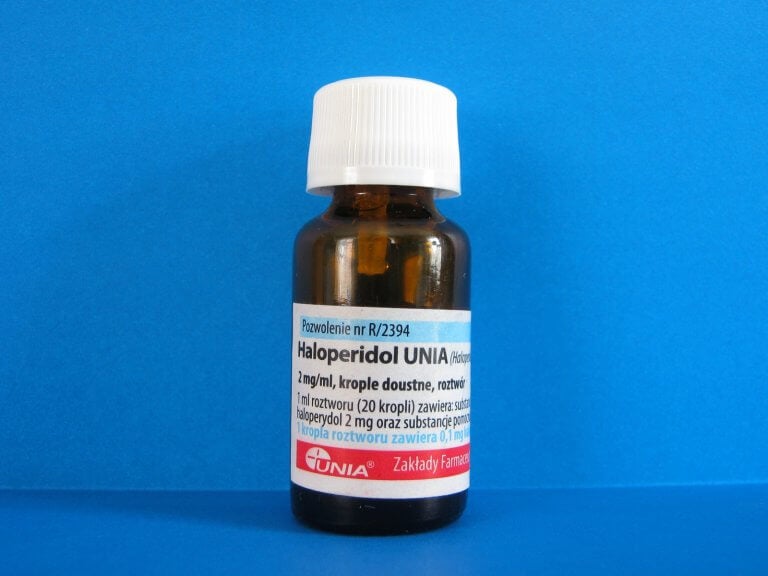Haloperidol is an antipsychotic or neuroleptic drug. Because of its chemical structure it is included in the butyrophenonic group, it was discovered in 1958 by Paul Janssen, belongs to typical antipsychotics, so it is useful in the treatment of positive symptoms of schizophrenia. for example, hallucinations, delusions and agitation.
It is a central nervous system depressant with sedative effect, causing powerful motor sedation. This effect is used to combat agitation and aggression.
- Haloperidol has multiple indications in its technical sheet.
- It can be used in adults and children.
- Basically it is used as an antipsychotic in the treatment of schizophrenia and also in other psychotic and restless states.
In people over the age of 18, haloperidol is indicated for the treatment of:
In paediatric patients it is used as long as other treatments cannot be prescribed, either because they do not respond to them or because they are contracted, in these cases haloperidol is indicated in:
In addition, haloperidol is being studied for delirium prevention. Low doses of this medicine appear to be helpful in reducing the incidence of delirium in high-risk patients as well as in patients who will be operated on.
Haloperidol is also used to prevent nausea and vomiting, it is useful against side effects that occur after an operation, as well as those associated with chemotherapy, several studies attest to its efficacy and safety for this use.
Haloperidol is a powerful dopamine receptor antagonist; works by non-selectively blocking central D2 receptors; it also has low antagonistic activity in alpha-1 adrenergic receptors.
By blocking the dopamine pathway, its excess in the brain decreases, so haloperidol suppresses delusions and hallucinations, as well as producing some psychomotor sedation, useful in some of its indications.
Haloperidol, like almost all psychiatric medications, has a number of side effects that are often also related to the mechanism of action; In fact, most of the side effects of haloperidol are due to dopamine blocking in other systems. haloperidol are:
Other less common side effects that may also occur include
Its use is not recommended in combination with other antipsychotics, as this can increase the intensity of side effects and, likewise, may potentiate extrapiramid effects.
A serious side effect that may occur is malignant neuroleptic syndrome, this is not very common, but it is advisable to know it to detect it early, usually occurs at the start of treatment, causes muscle stiffness, high fever, arrhythmia, Therefore, it is important to follow the instructions of the doctor, who is responsible for monitoring the treatment, as well as evaluating efficacy and possible risks.
Treatment should be initiated at a low dose, which may increase depending on the patient’s response and needs, periodically evaluating the cost-benefit ratio of treatment, in addition, to avoid side effects, the dose should always be kept to a minimum.
Special precautions should be taken when used in elderly patients as well as in children, in these cases dose adjustment is necessary, in addition it is necessary to take into account the side effects that may occur.

